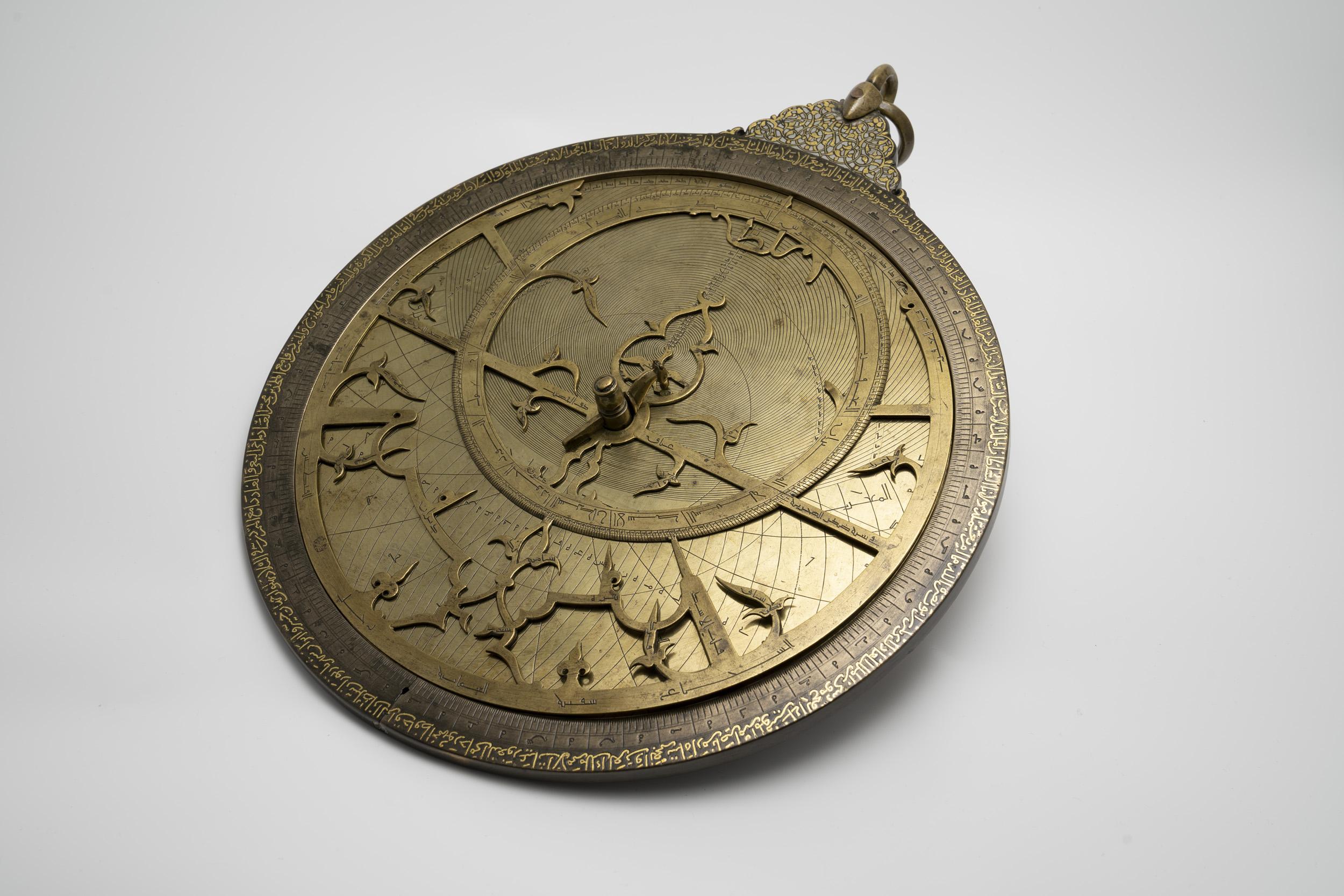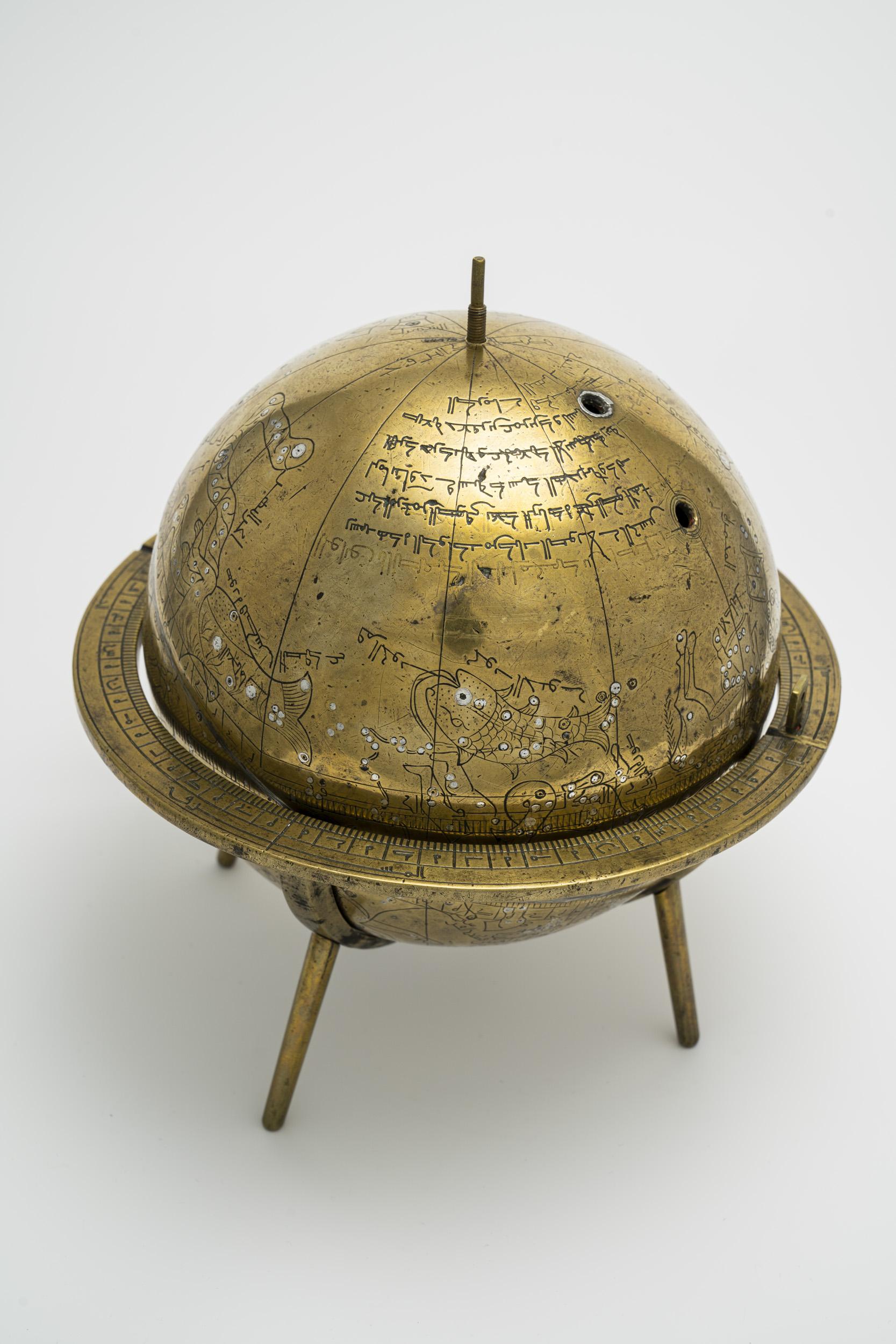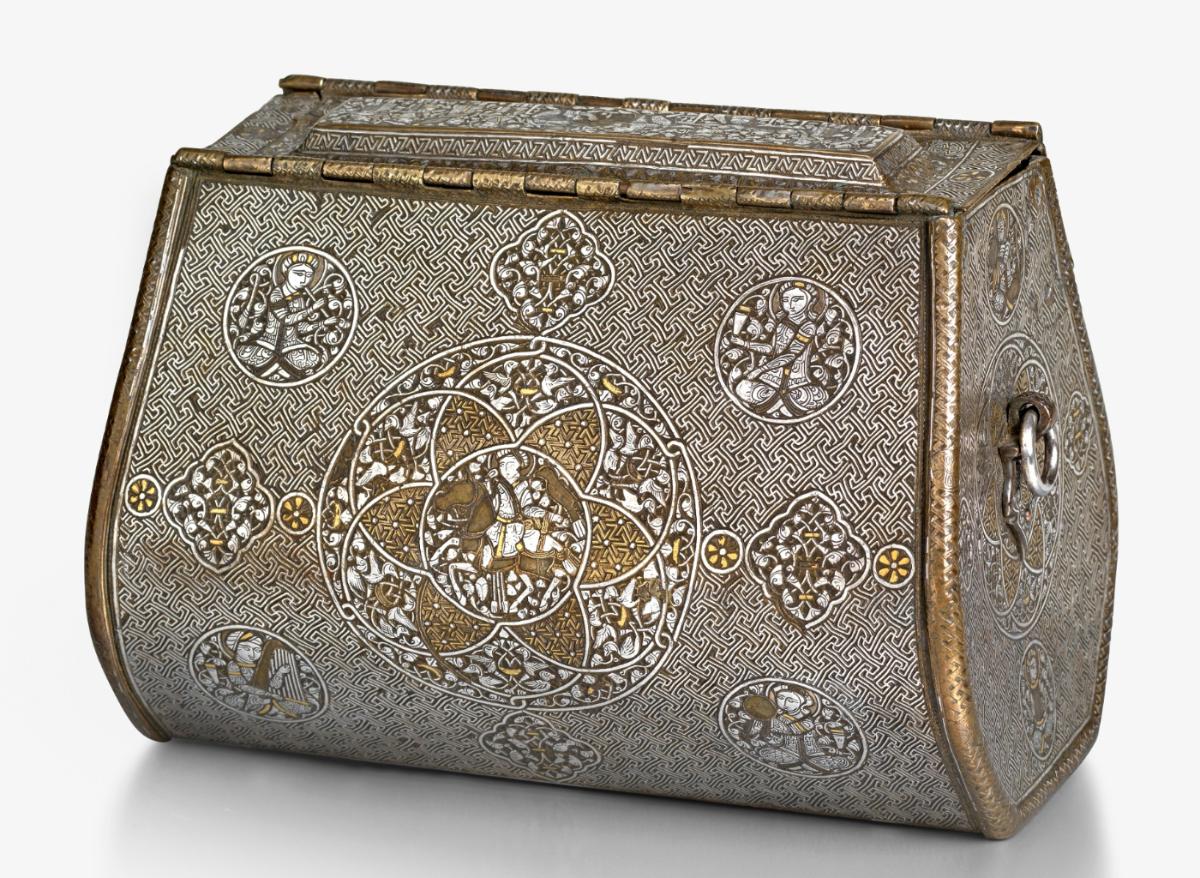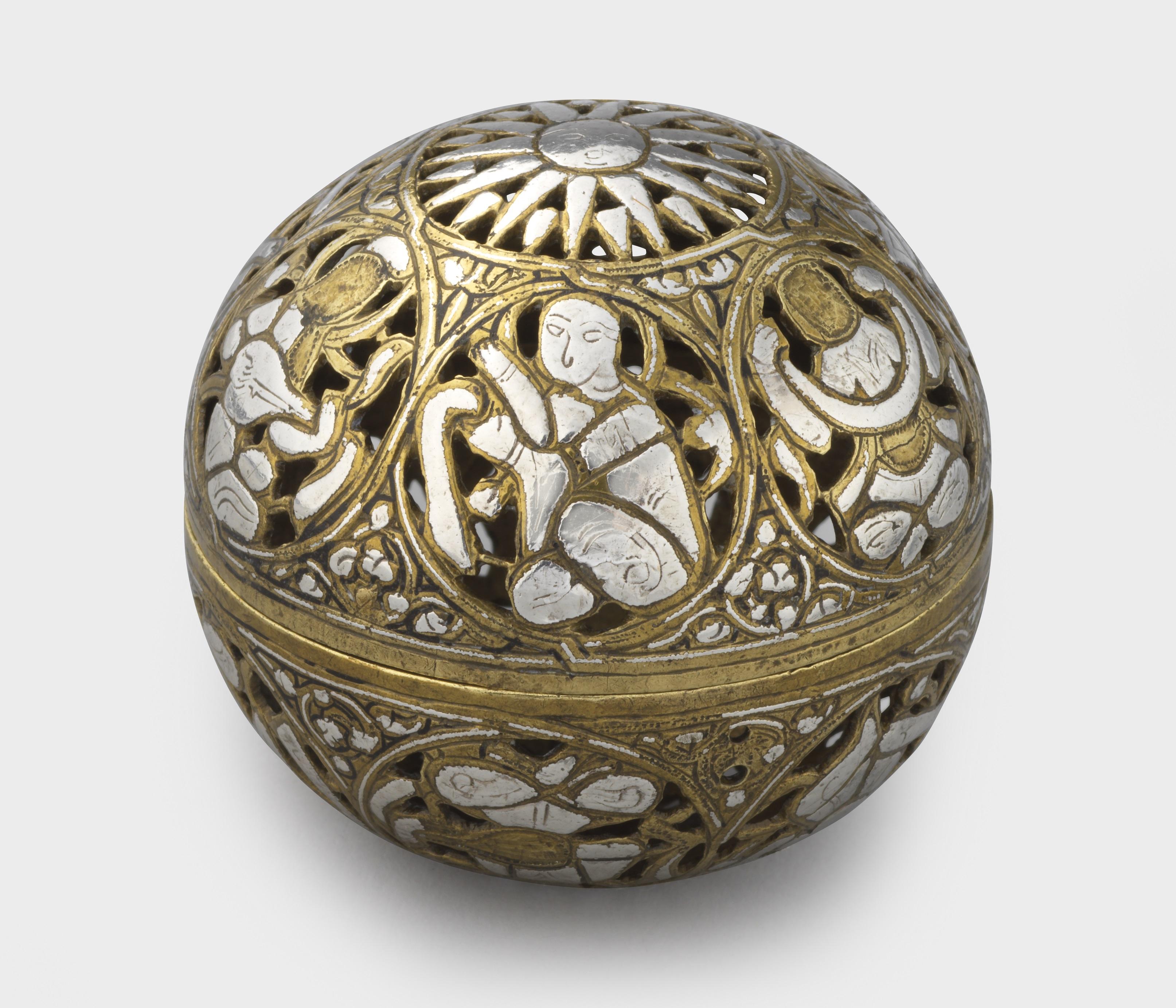The exhibition will also examine the intricate designs and styles that made these metal pieces so renowned–and imitated–by civilizations around the globe. Signs of the zodiac, constellations, the planets and coats of arms all feature. Islamic metalwork is renowned for its exquisite craftsmanship and the skill behind this work will be showcased through on-screen content.
The highlight of the exhibition is a woman’s metal handbag, the only surviving example of its kind. It was made in the early 14th century in Mosul, northern Iraq for an important lady based in the courtly circles of the Ilkhanid dynasty. This handbag, known as the Courtauld Bag and decorated with images of eight musicians playing instruments, shows the incredible metalworking skills passed down through generations.
To ensure as many people as possible can experience the exhibition, the History of Science Museum has responded to the current climate by creating a full online exhibition that will also include objects and stories not seen in the physical exhibition. There will be modern ‘Cultures in Conversation’ as the online exhibition will include input from visitors and social media.
The museum has taken a unique approach to the online exhibition by working with Oxford-based volunteers with a cultural connection to these objects, who provided their own perspective based on their personal and cultural knowledge. The volunteers came to the UK as forced migrants from countries including Syria, Egypt, Iraq, Zimbabwe and Sudan. For the online exhibition they will be sharing their own objects that build on and complement the objects from The Courtauld and the History of Science Museum. Many of the volunteers have been working with the museum for some time as part of a project called Multaka, which means ‘meeting place’ in Arabic.




























